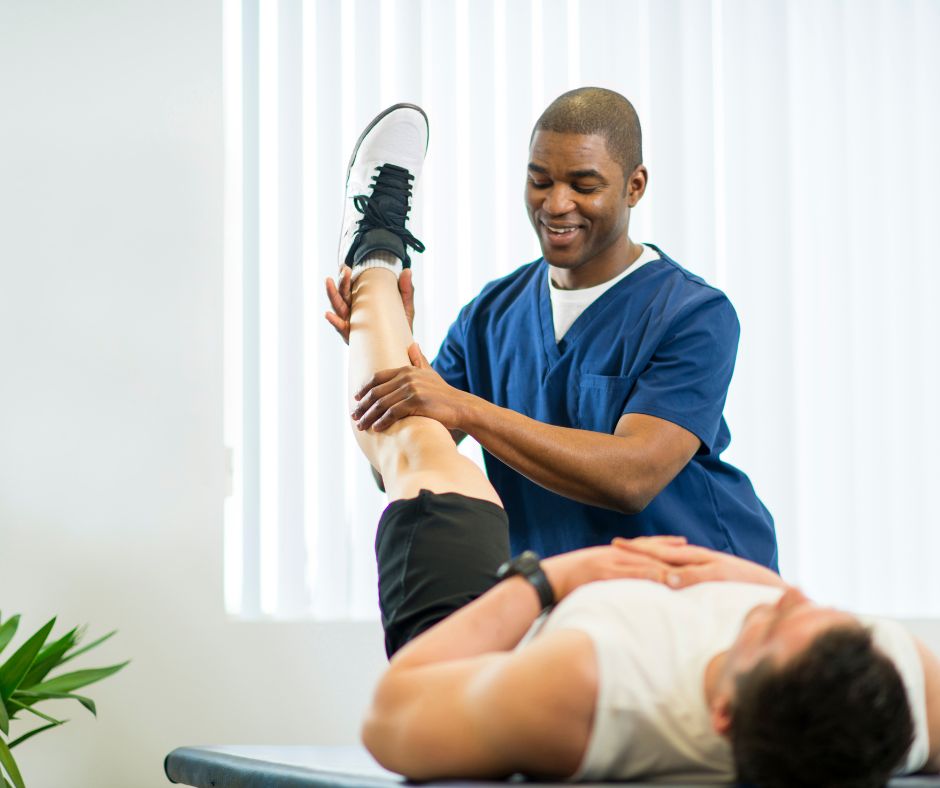
One of the primary benefits of resistance training in recovery is its ability to improve muscle power and endurance. When muscles are more powerful, they can more effectively support joints and minimize the risk of recurrence of injury. For example, an individual healing from a leg injury can gain from workouts that fortify the quadriceps and back thigh muscles. These muscles play a crucial part in supporting the leg joint. By including resistance training into their recovery plan, athletes can regain their power more effectively and safely.
In addition to developing strength, you could look here strength conditioning also improves mobility and range of movement. Many injuries can result to stiffness in the affected region, making it difficult for individuals to move easily. Strength training workouts often involve extending and elongating the muscles, which can assist restore flexibility. For instance, incorporating weight bands or weights into flexibility routines can enhance the efficacy of these exercises. As flexibility enhances, athletes can execute movements more efficiently, which is crucial for peak performance in their activity.
Another crucial factor of resistance training in sports rehabilitation is its beneficial effect on psychological well-being. Recovering from an injury can be a difficult and exasperating process for individuals. Participating in strength training can offer a feeling of accomplishment and boost self-esteem. As individuals see improvements in their strength and capabilities, they may experience more motivated to continue their rehabilitation process. This psychological boost can be just as important as the bodily advantages, as a positive mindset can result to improved outcomes in recovery.
Finally, resistance conditioning can help individuals transition back to their sport more seamlessly. Once they have recovered their power and flexibility, athletes need to rehearse activity-specific movements to guarantee they are prepared for competition. Strength conditioning can be combined with activity-specific exercises to create a comprehensive recovery plan. This combination allows individuals to not only heal but also enhance their capabilities. By concentrating on both recovery and performance, resistance training becomes an essential instrument in the recovery process, helping athletes come back to their sport more robust and more durable.